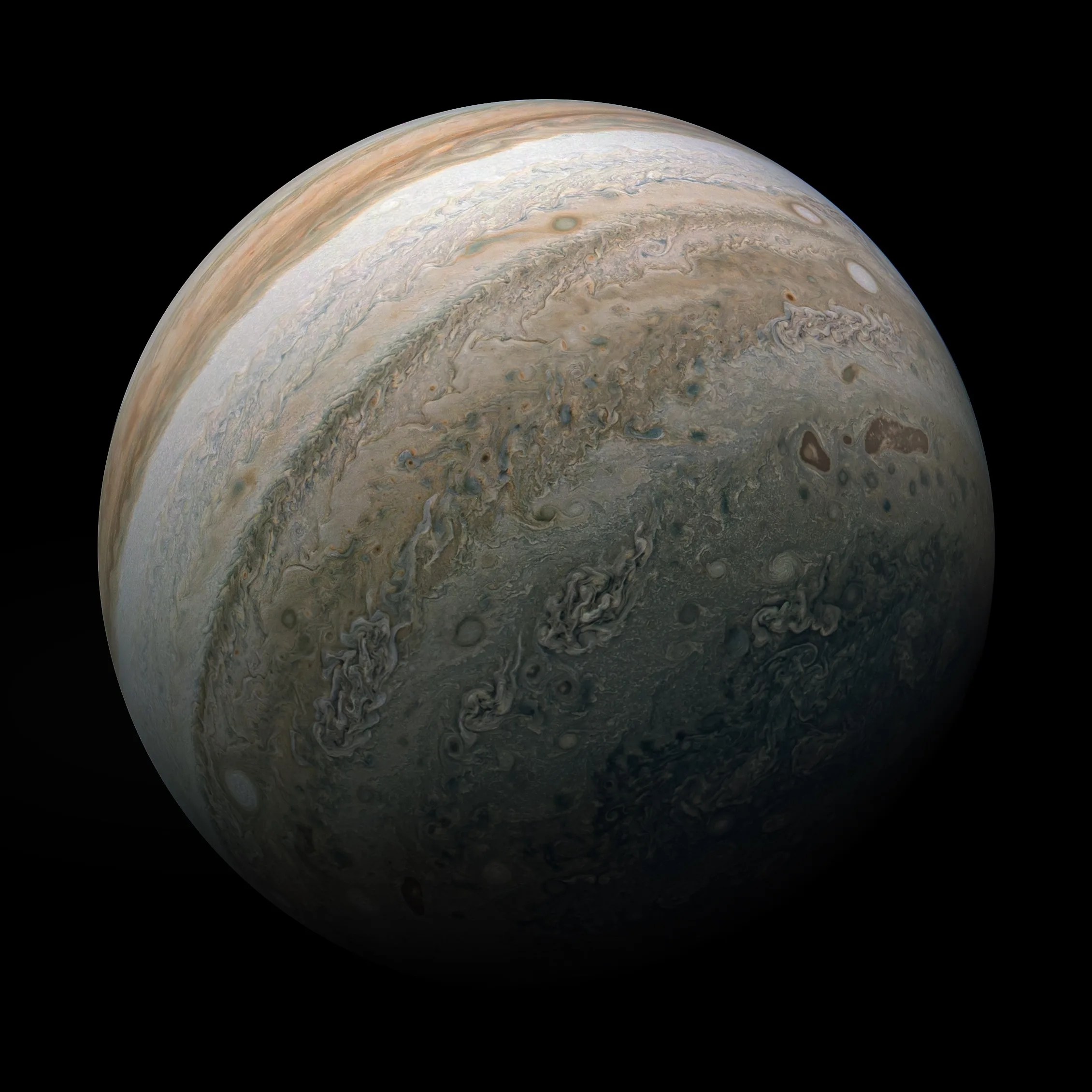Europa Clipper
Exploring Jupiter's Ocean World
The mission
the spacecraft
your name is here!

What Will Europa Clipper Do?
Europa Clipper’s main science goal is to determine whether there are places below the surface of Jupiter’s icy moon, Europa, that could support life.
The mission’s three main science objectives are to understand the nature of the ice shell and the ocean beneath it, along with the moon’s composition and geology. The mission’s detailed exploration of Europa will help scientists better understand the astrobiological potential for habitable worlds beyond our planet.
Read More
Meet the Europa Clipper Spacecraft
Europa Clipper is a robotic solar-powered spacecraft built to conduct the first detailed investigations of Jupiter's icy moon Europa.
With its solar arrays deployed, Europa Clipper spans more than 100 feet (about 30 meters) – about the length of a basketball court. The main body of the spacecraft consists of its avionics vault, radiofrequency module, and propulsion module.
Read More
Why Go to Europa?
The search for life beyond Earth is one of NASA’s primary objectives.
If humans are to truly understand our place in the universe, we must learn whether our planet is the only place where life exists. So the search is on! There is strong evidence Jupiter's moon Europa has a saltwater ocean that may be one of the best places to look for environments where life could exist beyond Earth.
Read More
High Gain Antenna Installed
When NASA’s Europa Clipper is in orbit around Jupiter, transmitting science data and receiving commands from Earth across hundreds of millions of miles, it will need a powerful antenna. Technicians installed the spacecraft’s high-gain antenna inside the Payload Hazardous Servicing Facility at NASA’s Kennedy Space Center in Florida on June 17.
Learn More
How to Ship a Spacecraft
At the Launch Site
Engineers and technicians at NASA's Jet Propulsion Laboratory (JPL) in southern California have wrapped up work on Europa Clipper, and the spacecraft is now at Kennedy Space Center in Florida to prepare for launch in October. Check out the images from KSC.
See the KSC Images
















